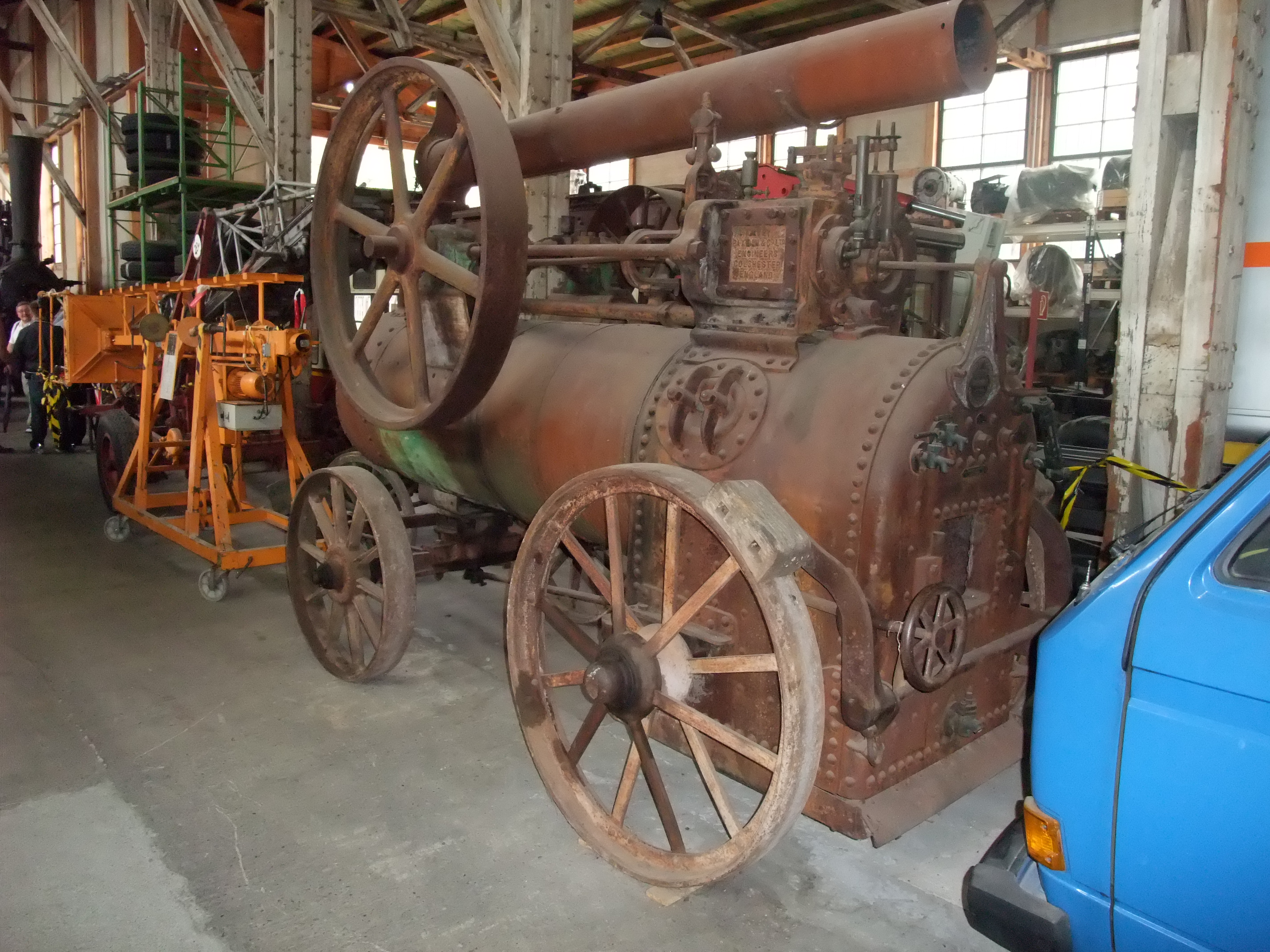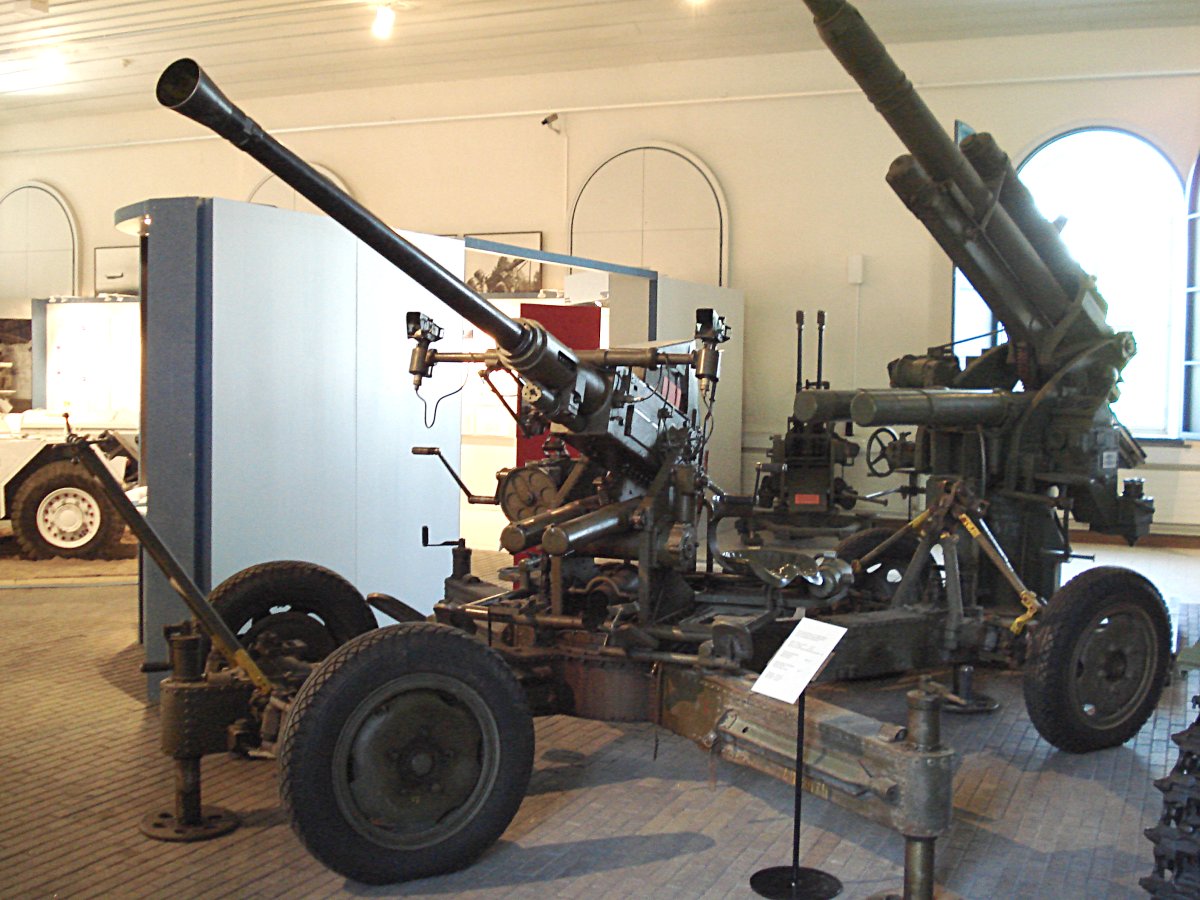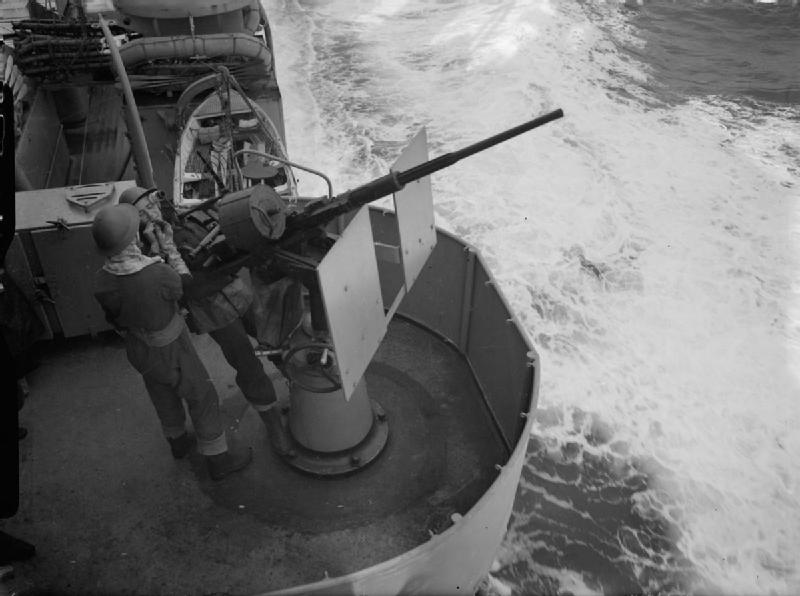|
HMS Bottisham
HMS ''Bottisham'' was one of 93 ships of the of inshore minesweepers named after villages ending in ''-ham'', this one Bottisham in Cambridgeshire Cambridgeshire (abbreviated Cambs.) is a Ceremonial counties of England, ceremonial county in the East of England and East Anglia. It is bordered by Lincolnshire to the north, Norfolk to the north-east, Suffolk to the east, Essex and Hertfor .... References *Blackman, R.V.B. ed. ''Jane's Fighting Ships'' (1953) Ham-class minesweepers Royal Navy ship names 1953 ships {{UK-minesweeper-stub ... [...More Info...] [...Related Items...] OR: [Wikipedia] [Google] [Baidu] |
Bottisham
Bottisham is a village and civil parish in the East Cambridgeshire district of Cambridgeshire, England, about east of Cambridge, halfway to Newmarket, Suffolk, Newmarket. According to the 2001 census it had a population of 1,983, including Chittering, Cambridgeshire, Chittering, increasing to 2,199 at the 2011 Census. Church Bottisham has overhanging cottages and the tower of the Church of the Holy Trinity which has some of the finest fourteenth-century work in the county. The tower and the chancel with its stone seats are thirteenth century but the nave and aisles and porches are all from the fourteenth. The south aisle has a stone seat for the priest, a piscina, and in its floor an ancient coffin lid. Above the arcades is a clerestory of fluted lancet windows. There is a font and three old screens of the fourteenth century, two of oak and the other of stone, with three delicate open arches before the chancel. There is an iron-bound chest of 1790, and some fragments of carve ... [...More Info...] [...Related Items...] OR: [Wikipedia] [Google] [Baidu] |
Ailsa Shipbuilding Company
Ailsa Shipbuilding Company was a Scottish shipbuilding company based in Troon and Ayr, Ayrshire. History The company was founded in 1885 by Archibald Kennedy, 3rd Marquess of Ailsa, along with Peter James Wallace and Alexander McCredie. In 1902 the Ailsa yard fitted out the polar exploration ship for the Scottish National Antarctic Expedition of 1902–04. The ''Scotia'' sailed from Troon for the South Atlantic on 2 November 1902. The company built paddle steamers for various companies around the UK, including the New Medway Shipping Company's PS ''Medway Queen'', the only estuary paddle steamer left in the UK. During the First World War, the shipyard built the Royal Navy's first paddle minesweeper of the . During the Second World War, Ailsa built vessels for the Navy, including several s. In 1977 Ailsa was nationalised and subsumed into the British Shipbuilders Corporation. In 1981, the assets of Ailsa and those of Ferguson Brothers were merged to form Ferguson-Ailsa ... [...More Info...] [...Related Items...] OR: [Wikipedia] [Google] [Baidu] |
Ham Class Minesweeper
The Ham class was a class of inshore minesweepers (IMS), known as the Type 1, of the British Royal Navy. The class was designed to operate in the shallow water of rivers and estuaries. All of the ships in the class are named for British place names that end with -"ham". The parent firm that was responsible for supervising construction was Samuel White of Cowes, Isle of Wight. Description The class consisted of 93 ships, launched between 1954 and 1959. was the first. They were built in three slightly different sub-groups, the first sub-group, the 26-group, is distinguished by pennant numbers 26xx, and the second and third sub-groups, the 27-group, are distinguished by pennant numbers 27xx. The 26-group was of wood and non-ferrous metal composite construction and the 27-group was of all-wood construction. The third sub-group is distinguished by a prominent rubbing strake around the hull and slightly larger dimensions. Unlike traditional minesweepers, they were not equipped for ... [...More Info...] [...Related Items...] OR: [Wikipedia] [Google] [Baidu] |
Minesweeper (ship)
A minesweeper is a small warship designed to remove or detonate naval mines. Using various mechanisms intended to counter the threat posed by naval mines, minesweepers keep waterways clear for safe shipping. History The earliest known usage of the naval mine dates to the Ming dynasty.Needham, Volume 5, Part 7, 203–205. Dedicated minesweepers, however, only appeared many centuries later during the Crimean War, when they were deployed by the British. The Crimean War minesweepers were rowboats trailing grapnels to snag mines. Minesweeping technology picked up in the Russo-Japanese War, using aging torpedo boats as minesweepers. In Britain, naval leaders recognized before the outbreak of World War I that the development of sea mines was a threat to the nation's shipping and began efforts to counter the threat. Sir Arthur Wilson noted the real threat of the time was a blockade aided by mines and not an invasion. The function of the fishing fleet's trawlers with their trawl ge ... [...More Info...] [...Related Items...] OR: [Wikipedia] [Google] [Baidu] |
Length Between Perpendiculars
Length between perpendiculars (often abbreviated as p/p, p.p., pp, LPP, LBP or Length BPP) is the length of a ship along the summer load line from the forward surface of the stem, or main bow perpendicular member, to the after surface of the sternpost, or main stern perpendicular member. When there is no sternpost, the centerline axis of the rudder stock is used as the aft end of the length between perpendiculars. Measuring to the stern post or rudder stock was believed to give a reasonable idea of the ship’s carrying capacity, as it excluded the small, often unusable volume contained in its overhanging ends. On some types of vessels this is, for all practical purposes, a waterline measurement. In a ship with raked stems, naturally that length changes as the draught of the ship changes, therefore it is measured from a defined loaded condition. See also * Length overall Length overall (LOA, o/a, o.a. or oa) is the maximum length of a vessel's hull measured parallel to ... [...More Info...] [...Related Items...] OR: [Wikipedia] [Google] [Baidu] |
Length Overall
Length overall (LOA, o/a, o.a. or oa) is the maximum length of a vessel's hull measured parallel to the waterline. This length is important while docking the ship. It is the most commonly used way of expressing the size of a ship, and is also used for calculating the cost of a marina berth (for example, £2.50 per metre LOA). LOA is usually measured on the hull alone. For sailing ships, this may ''exclude'' the bowsprit and other fittings added to the hull. This is how some racing boats and tall ships use the term LOA. However, other sources may include bowsprits in LOA. Confusingly, LOA has different meanings. "Sparred length", "Total length including bowsprit", "Mooring length" and "LOA including bowsprit" are other expressions that might indicate the full length of a sailing ship. LOD Often used to distinguish between the length of a vessel including projections (e.g. bow sprits, etc.) from the length of the hull itself, the Length on Deck or LOD is often reported. T ... [...More Info...] [...Related Items...] OR: [Wikipedia] [Google] [Baidu] |
Paxman (engines)
Paxman was a major United Kingdom, British brand of diesel engines. Ownership has changed on a number of occasions from the company's formation in 1865, and the brand is now part of MAN Energy Solutions. At its peak, the Paxman works covered and employed over 2,000 people. Early Paxman diesel engines (with "Comet" indirect injection cylinder heads, designed by Sir Harry Ricardo) carried the name Paxman Ricardo. History Davey Paxman Paxman was founded by James Noah Paxman, Henry and Charles Davey as Davey, Paxman & Davey, Engineers in 1865, later Davey, Paxman & Co. which became a limited company in 1898. In 1920 the company became a member of the Agricultural & General Engineers (AGE) Syndicate, combine. In 1932 AGE collapsed and Paxman emerged as Davey Paxman & Co (Colchester) Ltd. Davey, Paxman and Davey conducted business as general engineers and ironworkers. The company manufactured steam engines, boilers, agricultural machinery, and mill gearing. By the early 1870s the ... [...More Info...] [...Related Items...] OR: [Wikipedia] [Google] [Baidu] |
Bofors 40 Mm L/60 Gun
The Bofors 40 mm Automatic Gun L/60 (often referred to simply as the "Bofors 40 mm gun", the "Bofors gun" and the like, see name) is an anti-aircraft autocannon, designed in the 1930s by the Swedish arms manufacturer AB Bofors. The gun was designed as an intermediate anti-aircraft gun, filling the gap between fast firing close-range small calibre anti-aircraft guns and slower firing long-range high calibre anti-aircraft guns. For its time, the Bofors 40 mm L/60 was perfectly suited for this role and outperformed competing designs in the years leading up to World War II in both effectiveness and reliability. It entered the export market around 1932 and was in service with 18 countries by 1939. Throughout World War II it became one of the most popular and widespread medium-weight anti-aircraft guns. It was used by the majority of the western Allies and some Axis powers such as Nazi Germany and Hungary. In the post-war era, the Bofors 40 mm L/60 design was not ... [...More Info...] [...Related Items...] OR: [Wikipedia] [Google] [Baidu] |
Oerlikon 20 Mm Cannon
The Oerlikon 20 mm cannon is a series of autocannons based on an original German Becker Type M2 20 mm cannon design that appeared very early in World War I. It was widely produced by Oerlikon Contraves and others, with various models employed by both Allied and Axis forces during World War II. Many versions of the cannon are still used. Blowback-operated models History Origins During World War I, the German industrialist Reinhold Becker developed a 20 mm caliber cannon, known now as the 20 mm Becker using the advanced primer ignition blowback (API blowback) method of operation. This used a 20×70mmRB cartridge and had a cyclic rate of fire of 300 rpm. It was used on a limited scale as an aircraft gun on ''Luftstreitkräfte'' warplanes, and an anti-aircraft gun towards the end of that war. Because the Treaty of Versailles banned further production of such weapons in Germany, the patents and design works were transferred in 1919 to the Swiss firm SEMAG (''Seebach M ... [...More Info...] [...Related Items...] OR: [Wikipedia] [Google] [Baidu] |
Pennant Number
In the Royal Navy and other navies of Europe and the Commonwealth of Nations, ships are identified by pennant number (an internationalisation of ''pendant number'', which it was called before 1948). Historically, naval ships flew a flag that identified a flotilla or type of vessel. For example, the Royal Navy used a red burgee for torpedo boats and a pennant with an H for torpedo boat destroyers. Adding a number to the type-identifying flag uniquely identified each ship. In the current system, a letter prefix, called a ''flag superior'', identifies the type of ship, and numerical suffix, called a flag inferior, uniquely identifies an individual ship. Not all pennant numbers have a flag superior. Royal Navy systems The Royal Navy first used pennants to distinguish its ships in 1661 with a proclamation that all of his majesty's ships must fly a union pennant. This distinction was further strengthened by a proclamation in 1674 which forbade merchant vessels from flying any ... [...More Info...] [...Related Items...] OR: [Wikipedia] [Google] [Baidu] |
Cambridgeshire
Cambridgeshire (abbreviated Cambs.) is a Ceremonial counties of England, ceremonial county in the East of England and East Anglia. It is bordered by Lincolnshire to the north, Norfolk to the north-east, Suffolk to the east, Essex and Hertfordshire to the south, Northamptonshire to the west, and Bedfordshire to the south-west. The largest settlement is the city of Peterborough, and the city of Cambridge is the county town. The county has an area of and had an estimated population of 906,814 in 2022. Peterborough, in the north-west, and Cambridge, in the south, are by far the largest settlements. The remainder of the county is rural, and contains the city of Ely, Cambridgeshire, Ely in the east, Wisbech in the north-east, and St Neots and Huntingdon in the west. For Local government in England, local government purposes Cambridgeshire comprises a non-metropolitan county, with five Districts of England, districts, and the Unitary authorities of England, unitary authority area o ... [...More Info...] [...Related Items...] OR: [Wikipedia] [Google] [Baidu] |




